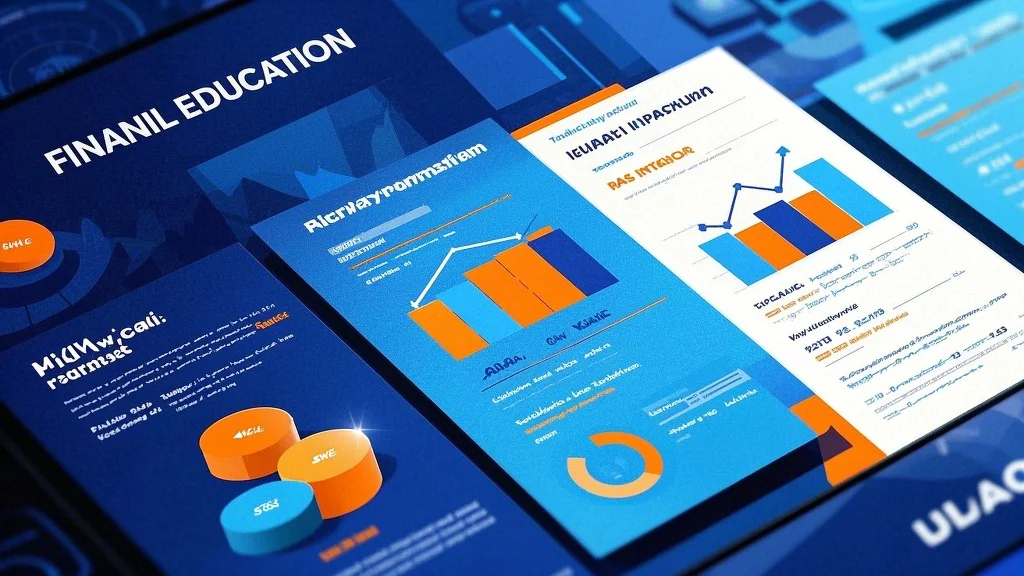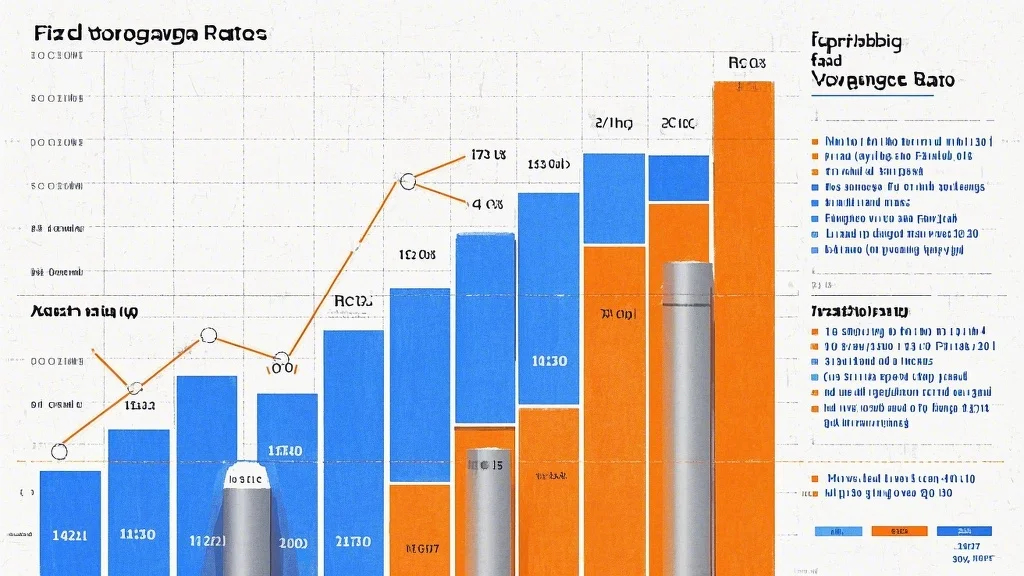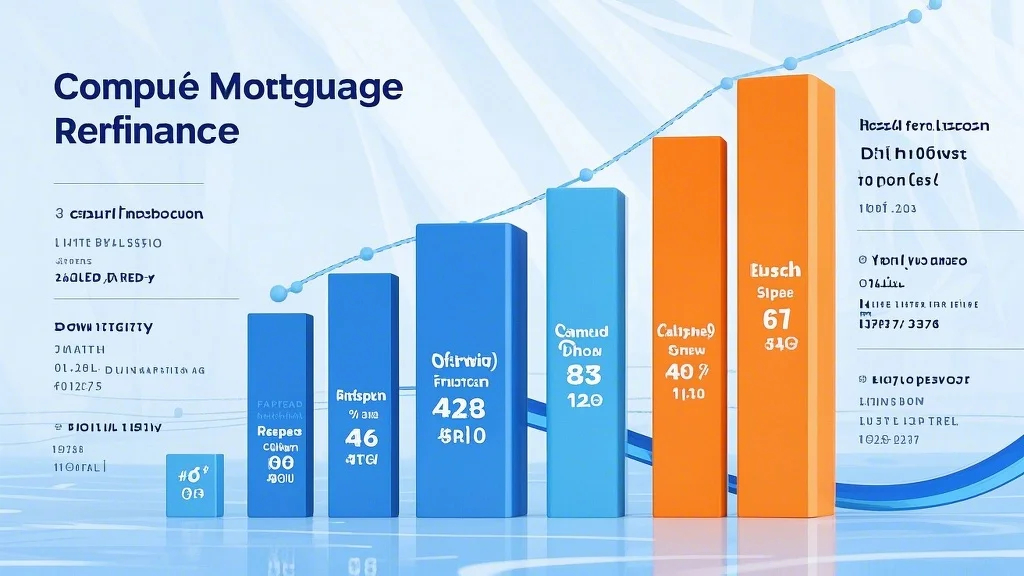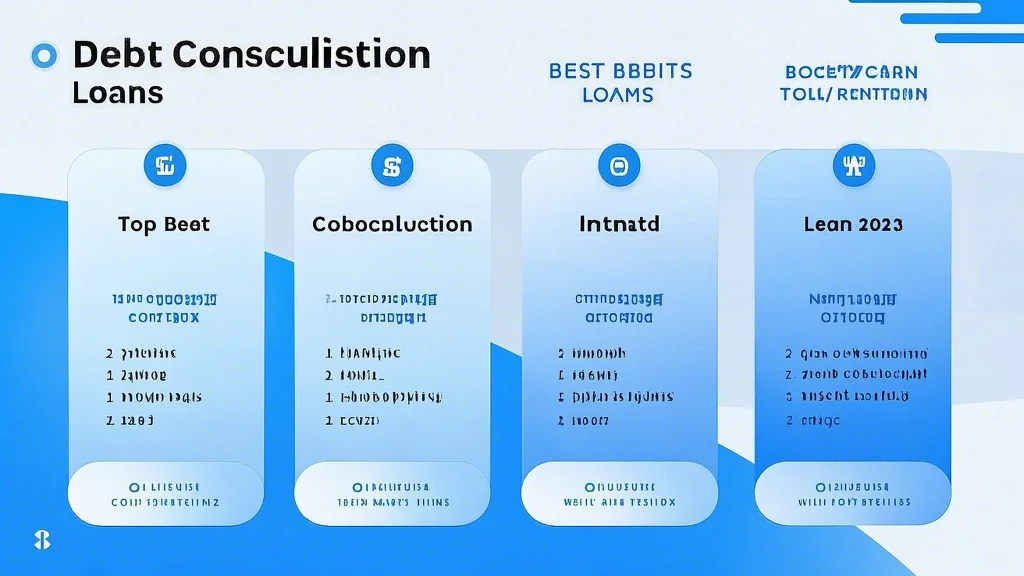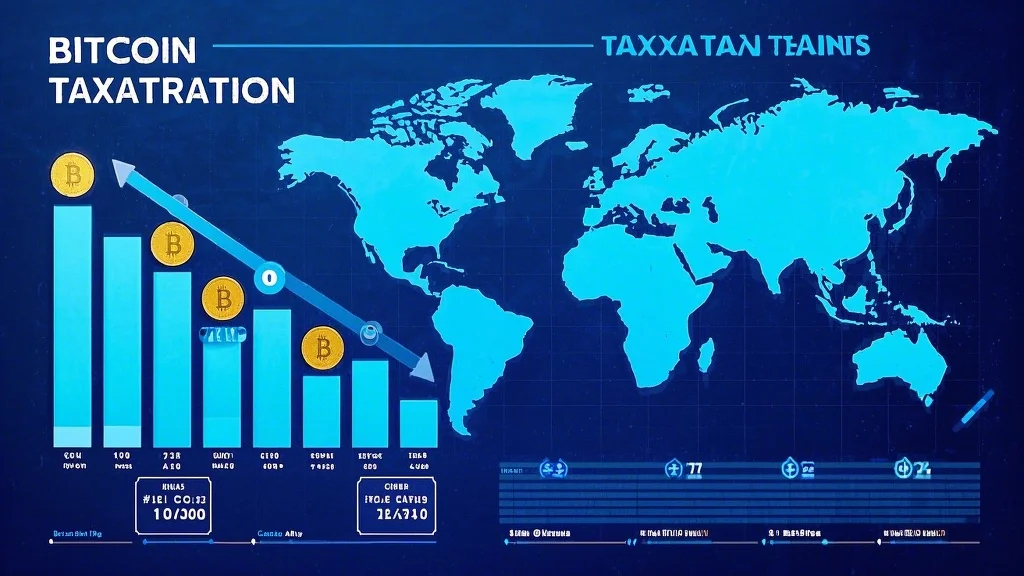part 1:
In the world of finance, the allure of high yield investment programs is undeniable. Who wouldn’t want to achieve significant returns on their investments? However, the phrase “high yield” often comes with a caveat: higher risks. As an investor, it’s crucial to approach these programs with caution and a discerning eye. This article will guide you through the process of comparing high yield investment programs, helping you identify what to look for to make informed decisions.

First and foremost, it’s essential to understand what defines a high yield investment program. These programs are designed to offer returns that exceed traditional investment vehicles like savings accounts or government bonds. While this may sound appealing, it’s important to remember that higher returns often come with higher risks. Therefore, your first step should be to assess your own financial goals, risk tolerance, and investment horizon.
One of the key factors to evaluate when comparing high yield programs is the return on investment (ROI). While it’s tempting to focus solely on the highest returns, you must consider whether those returns align with your financial objectives. For instance, if you’re investing for long-term growth, a program offering modest returns but with stable growth might be more suitable than a high-risk, high-reward option. On the other hand, if you’re seeking quick cash flow, a program with higher short-term returns could be more appealing.
Another critical aspect to examine is the structure of the investment program. Some programs may require a significant upfront investment, while others allow for smaller, more flexible contributions. Additionally, you should investigate whether the program offers a fixed rate of return or if it’s variable, depending on market conditions. Understanding the program’s structure will help you determine its feasibility and alignment with your financial strategy.
Furthermore, it’s crucial to evaluate the reputation and track record of the company or entity offering the investment program. While high yield programs can appear too good to be true, it’s important to verify the credibility of the provider. Research the company’s history, check for any regulatory approvals, and read reviews from existing or past investors. A program offered by a well-established and reputable organization is generally less risky than one from a lesser-known entity.
Risk management is another factor to consider. High yield programs often involve leverage, which can amplify both gains and losses. If the program’s returns are heavily dependent on external factors like market fluctuations or interest rates, it may be more volatile. Therefore, you should assess whether you’re comfortable with the level of risk associated with the program. If not, it might be wise to explore other investment options that align better with your risk tolerance.
Lastly, don’t overlook the terms and conditions of the investment program. Read the fine print carefully to understand any fees, penalties, or restrictions associated with the investment. For example, some programs may impose hefty exit fees if you wish to withdraw your funds early, which could impact your overall returns. Additionally, clarify the program’s duration and whether it’s renewable or subject to termination under certain conditions.
By carefully evaluating these factors, you can narrow down your options and choose a high yield investment program that not only promises attractive returns but also aligns with your financial goals and risk tolerance. In the next part of this article, we’ll delve deeper into specific strategies for comparing high yield programs and provide actionable tips to help you make the most informed decisions.
part 2:
When it comes to high yield investment programs, knowledge is power. By adopting a systematic approach to comparison, you can identify the program that best suits your needs and maximize your chances of achieving financial success. Here, we’ll explore advanced strategies for comparing high yield programs and provide practical advice to guide your decision-making process.
One of the most effective ways to compare high yield investment programs is by evaluating their performance history. While past performance is not indicative of future results, it can provide valuable insights into the program’s consistency and reliability. Request detailed performance reports from the provider, and if possible, consult with financial experts or analysts who have experience with similar programs.
Another important consideration is the diversity of investment options. High yield programs often come in various forms, such as stocks, bonds, real estate, or even alternative investments like commodities or cryptocurrencies. By diversifying your investments across different asset classes, you can mitigate risk and potentially enhance your returns. Therefore, when comparing programs, look for those that offer flexibility and allow you to allocate your funds according to your preferences.
Additionally, you should assess the liquidity of the investment program. Liquidity refers to how easily you can convert your investment back into cash without significant loss of value. Some high yield programs may lock your funds for a specific period, while others allow for more flexibility. If you anticipate needing access to your funds in the short term, a program with higher liquidity may be more suitable.
It’s also essential to consider the economic environment when evaluating high yield investment programs. Factors such as interest rates, inflation, and market trends can impact the performance of these programs. For example, rising interest rates may reduce the value of certain fixed-income investments, while inflation can erode the purchasing power of returns. By staying informed about the broader economic landscape, you can make more informed decisions about which high yield program is likely to thrive in current conditions.
Furthermore, don’t underestimate the importance of professional guidance. Working with a qualified financial advisor can provide valuable expertise and help you navigate the complexities of high yield investments. A skilled advisor can assess your financial situation, recommend suitable programs, and monitor your investments to ensure they remain aligned with your goals.
Finally, it’s crucial to stay disciplined and patient when investing in high yield programs. While the promise of high returns is tempting, it’s important to avoid making impulsive decisions based on emotions or hype. Instead, focus on a long-term strategy, regularly review your investments, and be prepared to adjust your portfolio as needed.
In conclusion, comparing high yield investment programs requires a thorough and methodical approach. By evaluating factors such as returns, risks, reputation, structure, and terms, you can identify a program that not only promises attractive yields but also aligns with your financial objectives and risk tolerance. Remember, the key to successful investing is not just aiming for high returns but ensuring that your investments are secure, sustainable, and tailored to your unique needs. With careful research and strategic planning, you can leverage high yield investment programs to build a brighter financial future.
